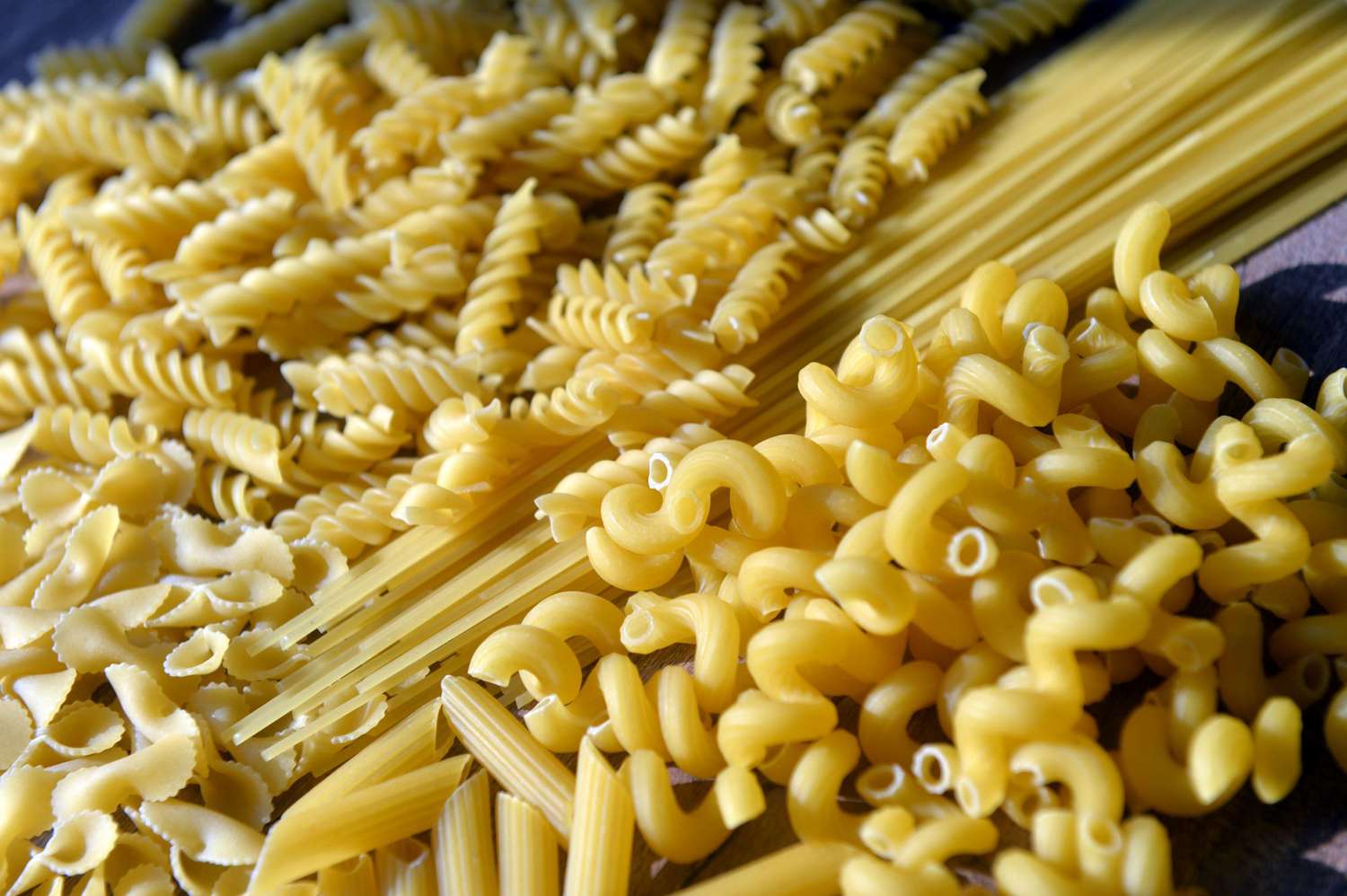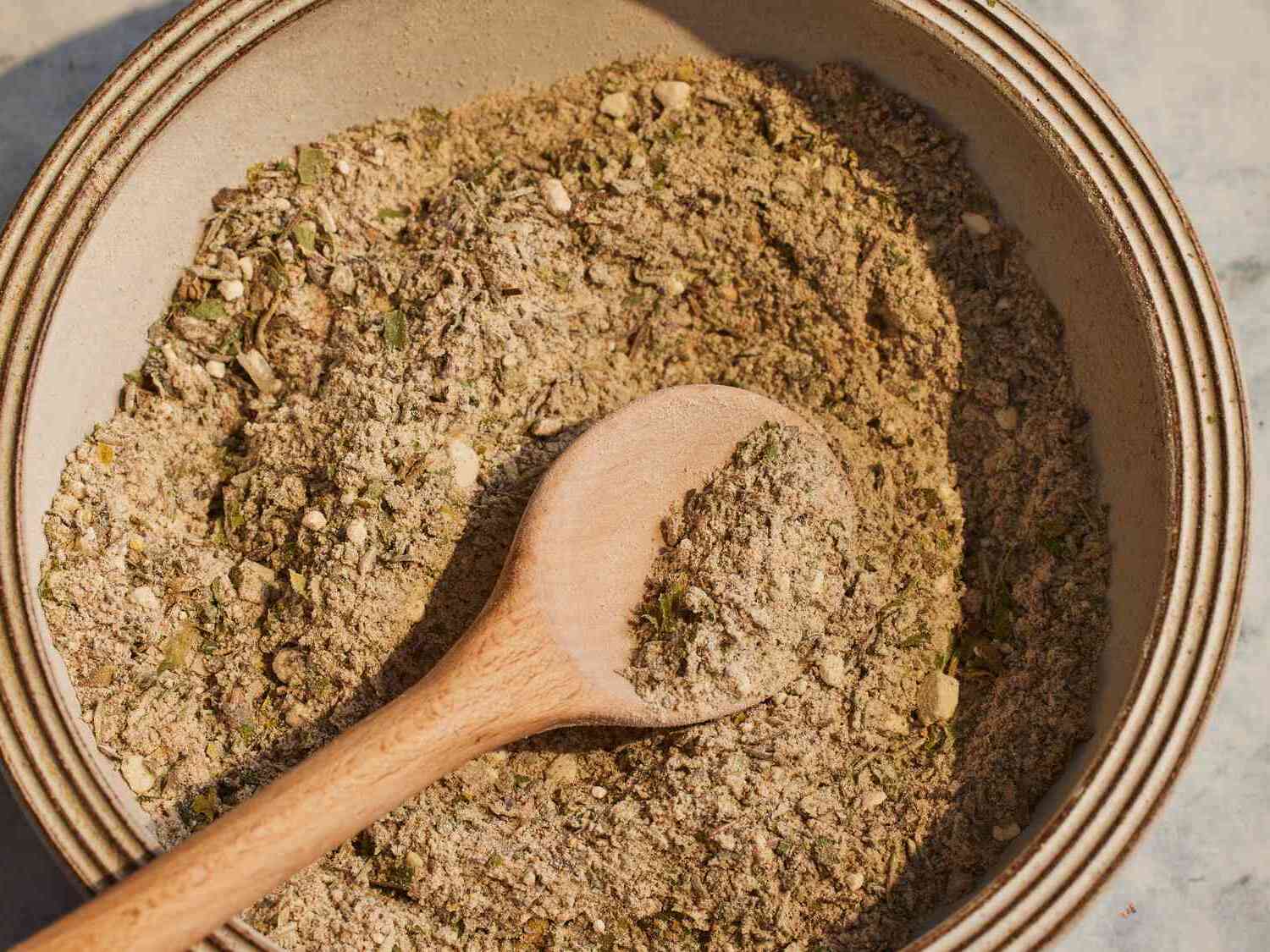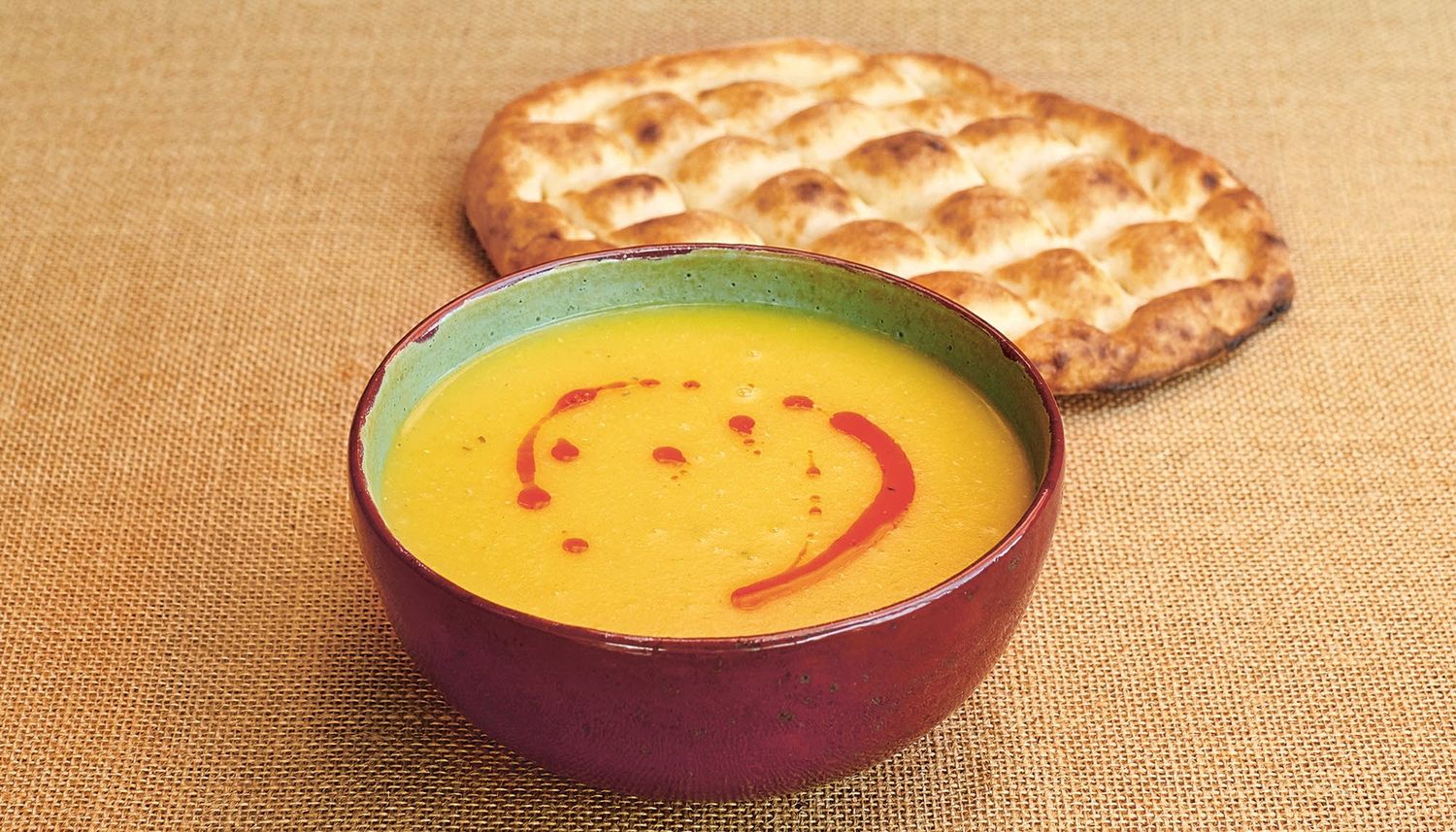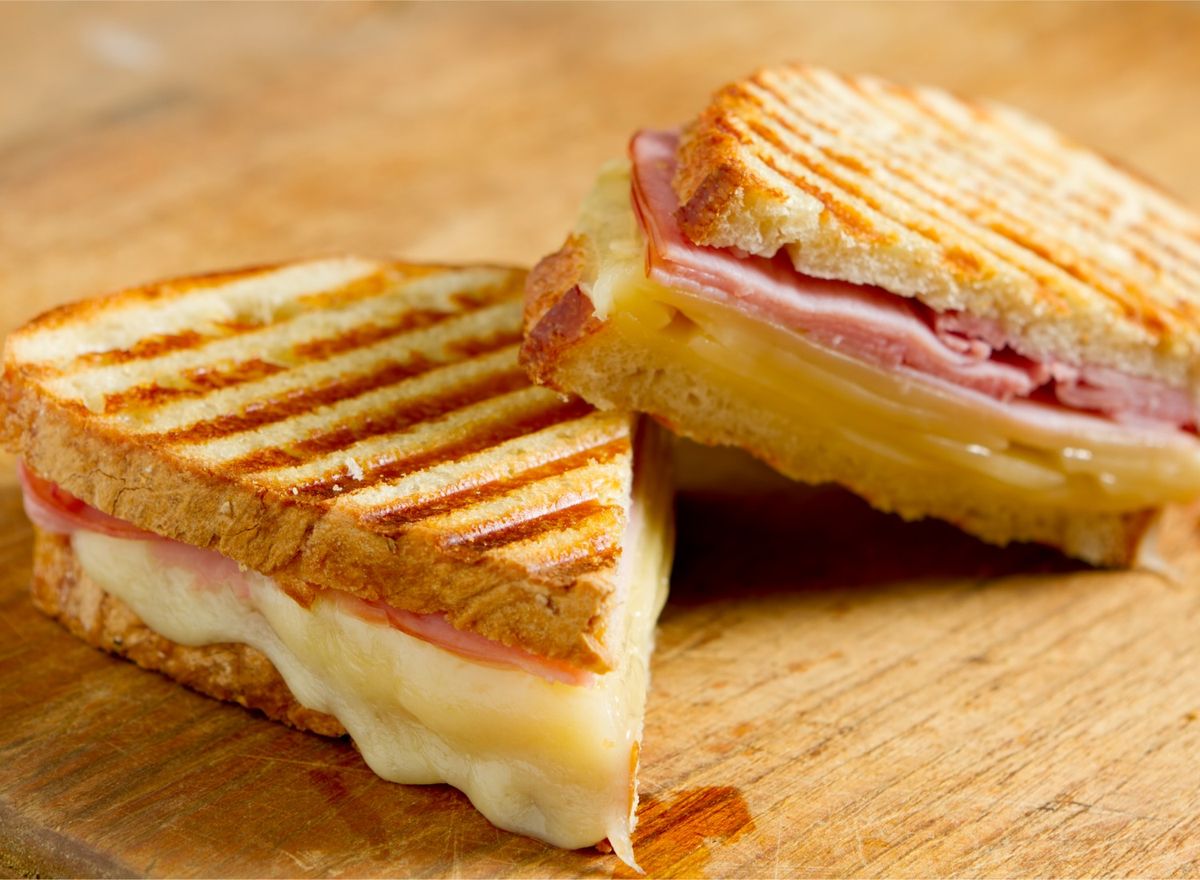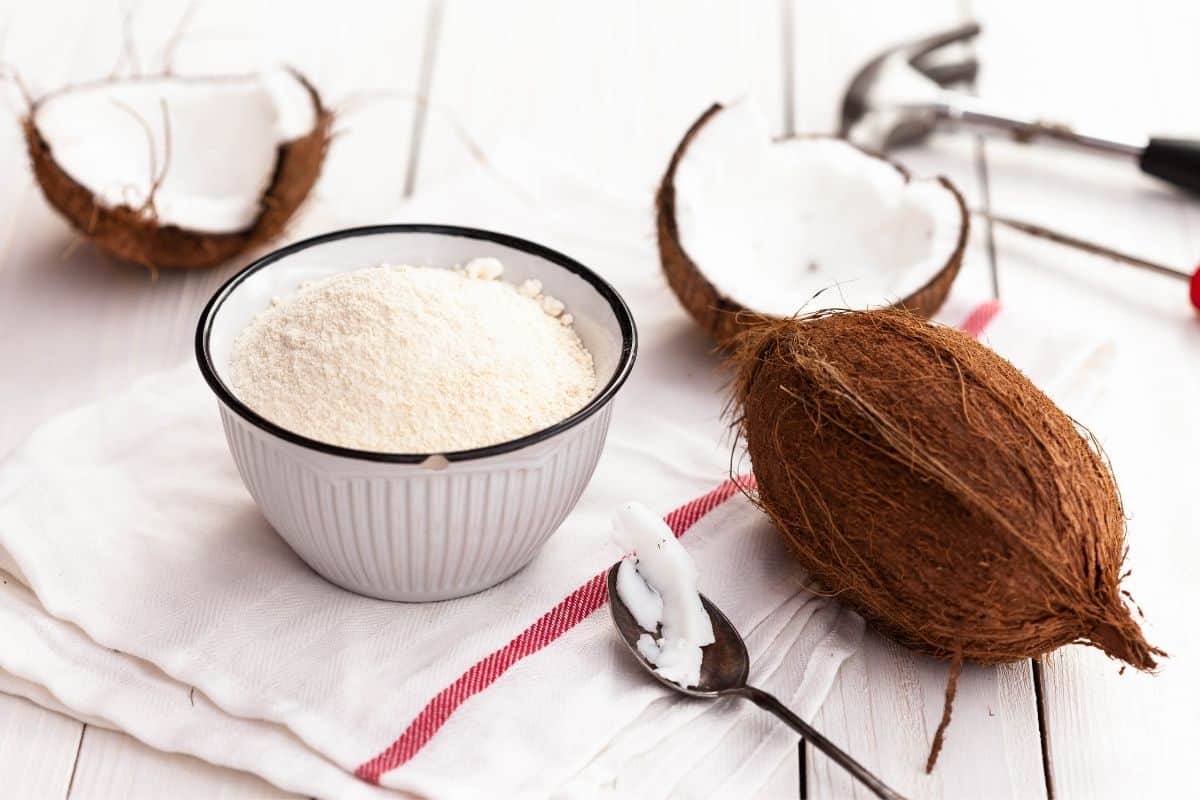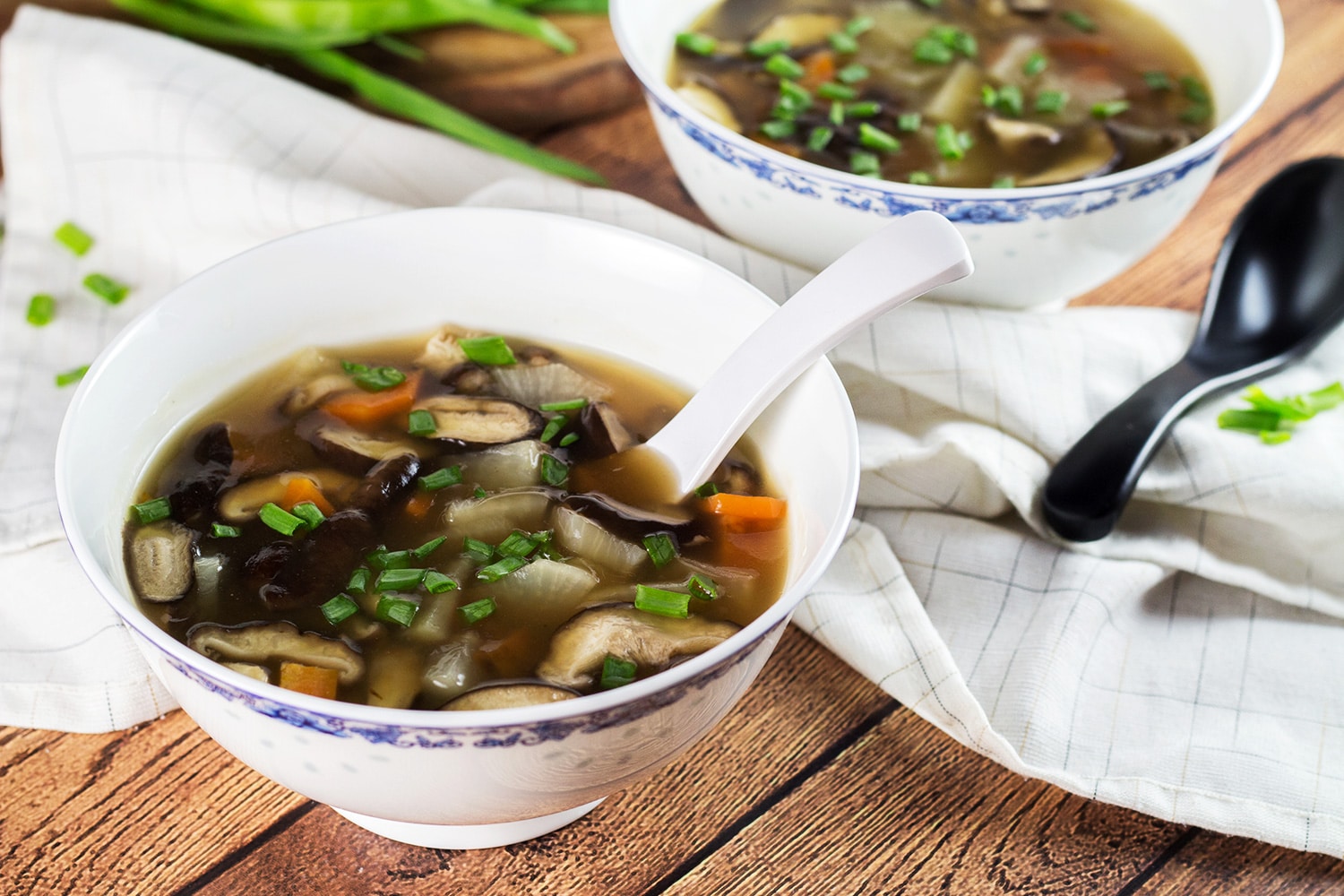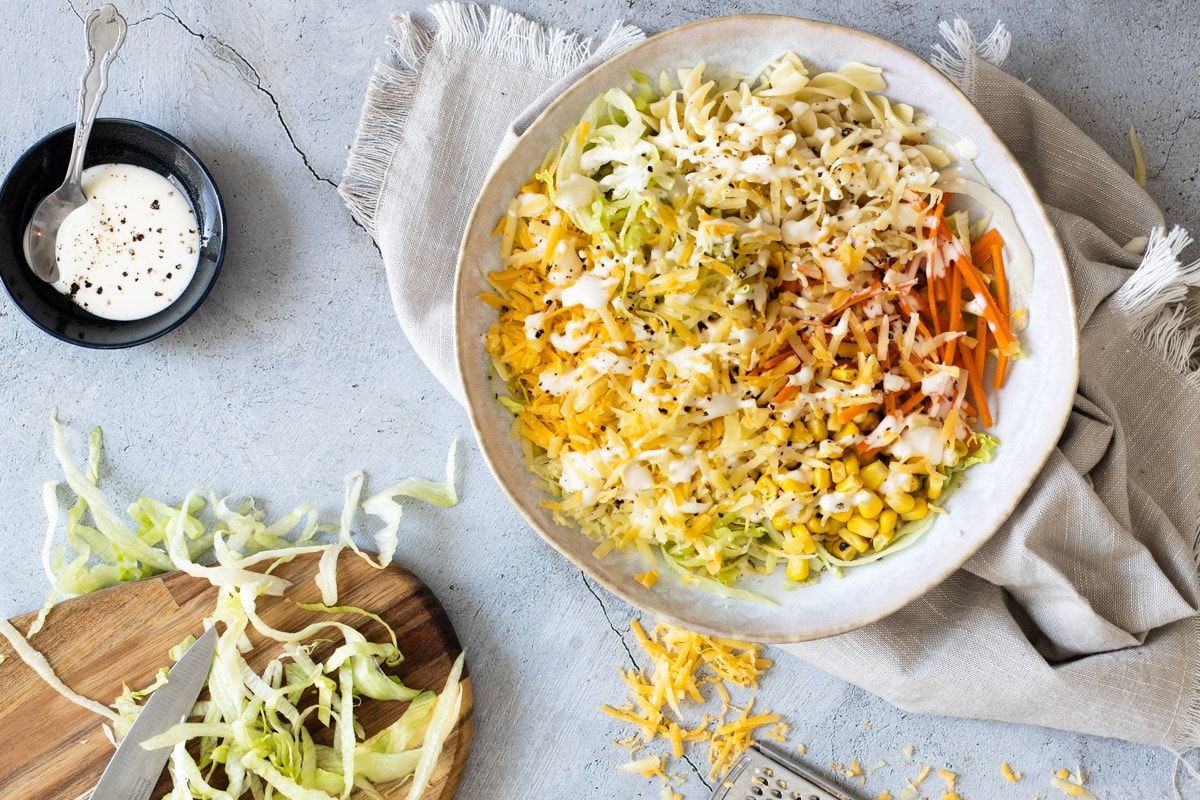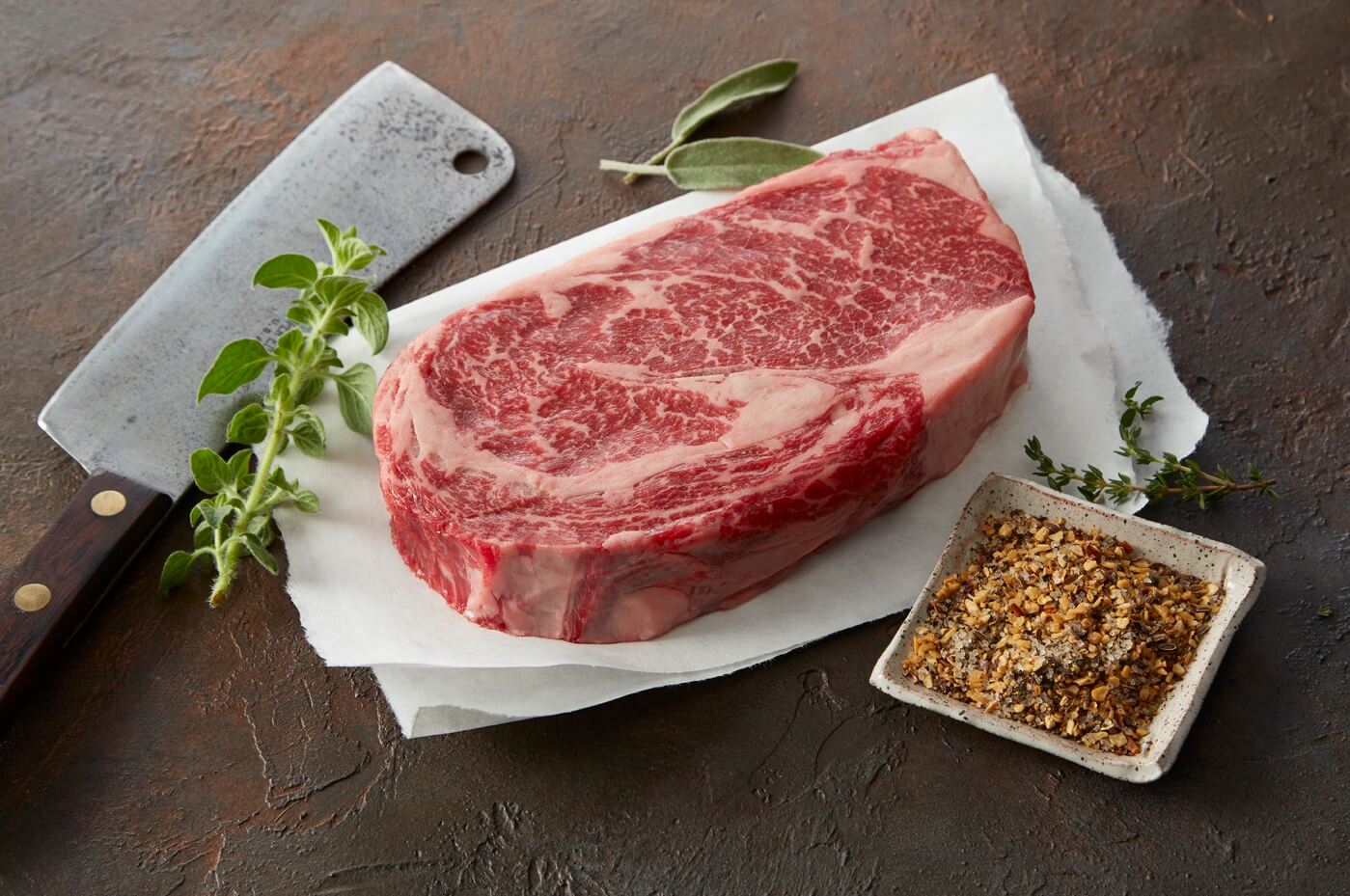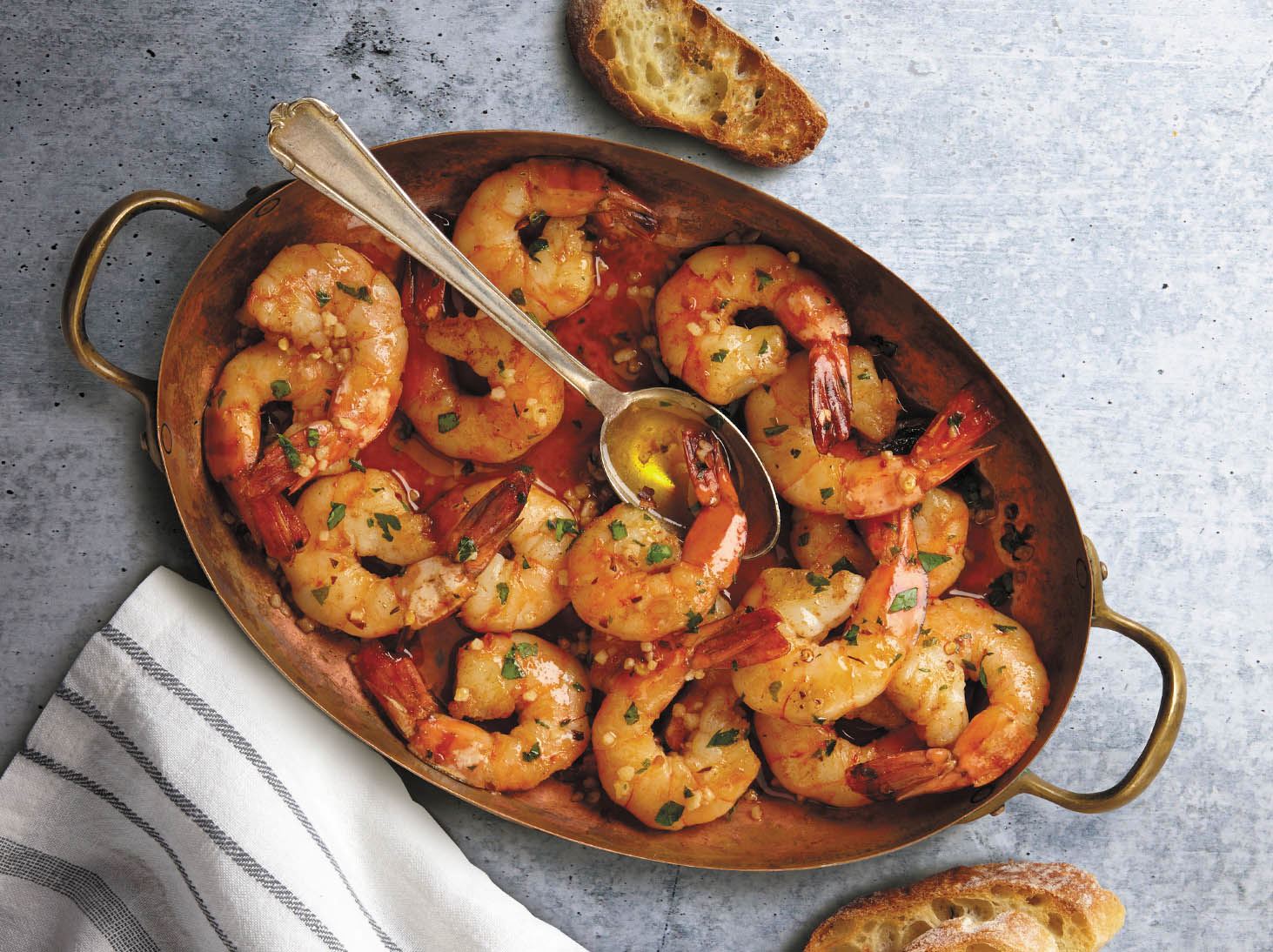When it comes to cooking chicken, it's important to know the difference between chicken tenderloin and chicken breast. While they may seem similar, there are some key distinctions that can affect how you prepare and cook these cuts of meat. In this article, we'll explore the characteristics of chicken tenderloin and chicken breast, as well as their culinary uses.
Chicken Tenderloin
Chicken tenderloins are small, thin strips of meat that are located on the underside of the chicken breast. They are often sold separately from the rest of the chicken and are known for their tender texture. Here are some key points about chicken tenderloin:
- Size and Shape: Chicken tenderloins are typically smaller and narrower than chicken breasts. They are elongated in shape and can vary in length.
- Tenderness: As the name suggests, chicken tenderloins are prized for their tenderness. They are lean and cook quickly, making them a popular choice for recipes that require tender, juicy chicken.
- Culinary Uses: Chicken tenderloins are versatile and can be used in a variety of dishes, including stir-fries, skewers, and sandwiches. They are often marinated or breaded before cooking to enhance their flavor and texture.
Chicken Breast
Chicken breasts are larger, thicker cuts of meat that come from the front of the chicken. They are known for their mild flavor and are a popular choice for many chicken recipes. Here's what you need to know about chicken breast:
- Size and Shape: Chicken breasts are larger and thicker than tenderloins. They are broad at one end and taper to a point at the other.
- Versatility: Chicken breasts are one of the most versatile cuts of chicken. They can be grilled, baked, sautéed, or poached, and are often used as the main protein in a wide range of dishes.
- Lean Protein: Chicken breasts are a great source of lean protein and are low in fat, making them a healthy choice for many diets.
Key Differences
Now that we've explored the characteristics of chicken tenderloin and chicken breast, let's highlight some of the key differences between the two:
- Location: Chicken tenderloins are located underneath the chicken breast, while chicken breasts are the larger, main portion of the breast.
- Size and Shape: Tenderloins are smaller and elongated, while chicken breasts are larger and broader.
- Tenderness: Tenderloins are prized for their tenderness, while chicken breasts are known for their mild flavor and versatility in cooking methods.
Culinary Tips
When cooking with chicken tenderloin and chicken breast, it's important to keep their characteristics in mind. Here are some tips for making the most of each cut:
- Tenderloin: Because of their tenderness, chicken tenderloins are best suited for quick-cooking methods such as stir-frying or grilling. They can also be marinated to infuse them with flavor.
- Breast: Chicken breasts can be used in a wide range of dishes, from salads to casseroles. To prevent them from drying out, it's important not to overcook them, and they can benefit from being pounded to an even thickness before cooking.
In conclusion, while both chicken tenderloin and chicken breast come from the same bird, they have distinct characteristics that make them suitable for different culinary applications. Understanding the differences between these cuts can help you make informed decisions when preparing chicken dishes, ensuring that you achieve the best results in the kitchen.
Was this page helpful?
Read Next: What Is Boston Iced Tea?
